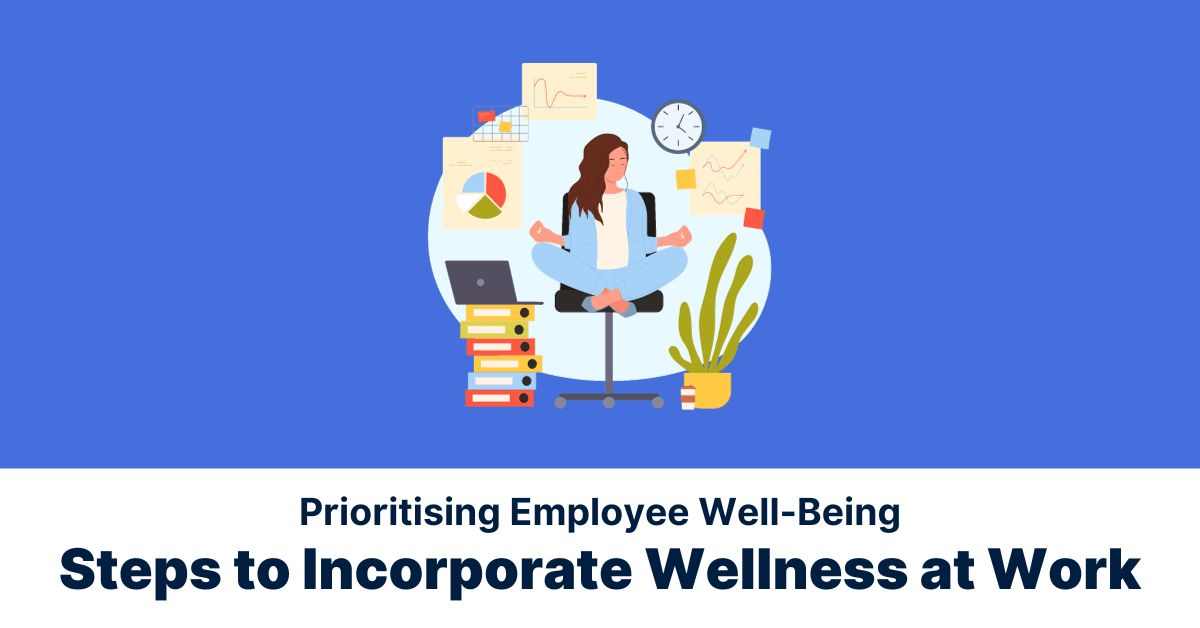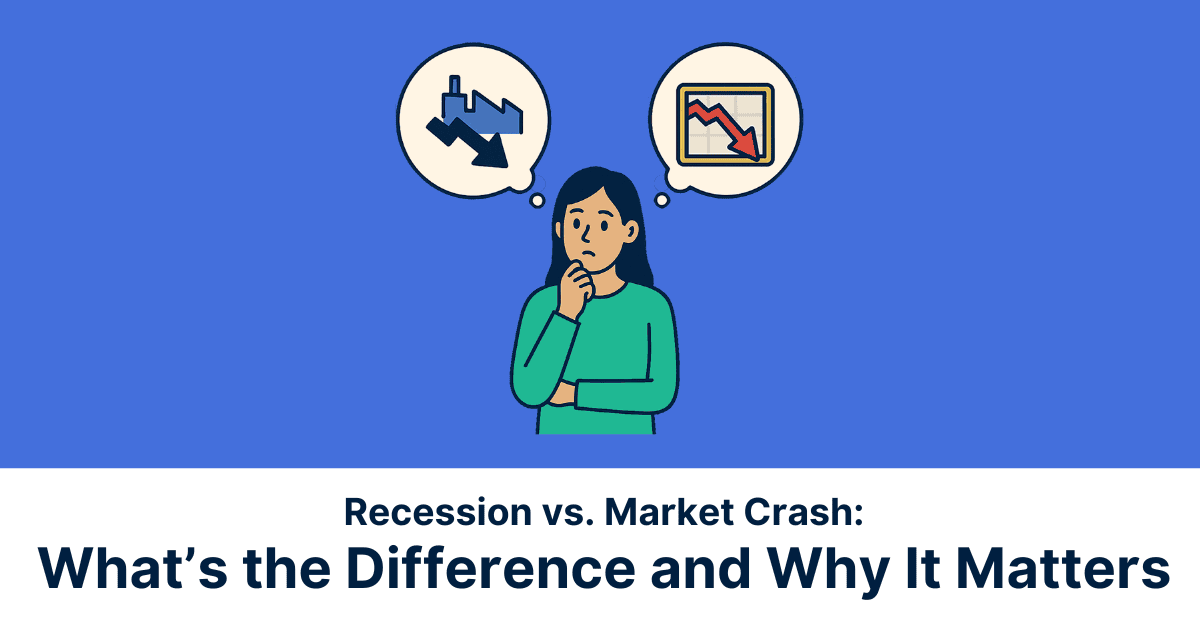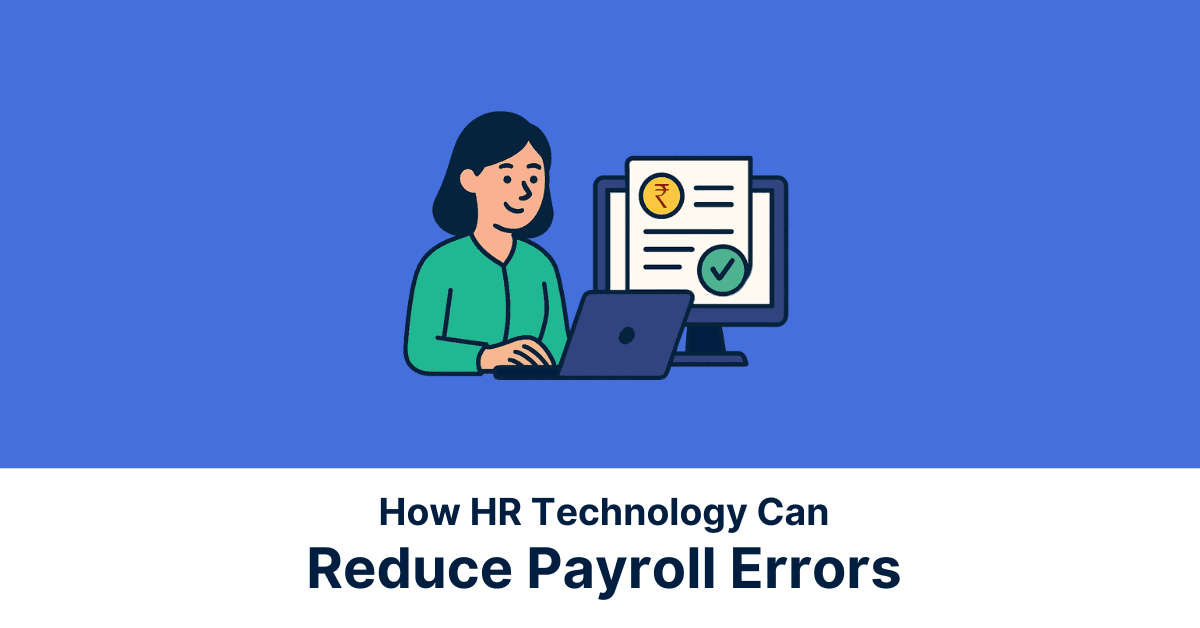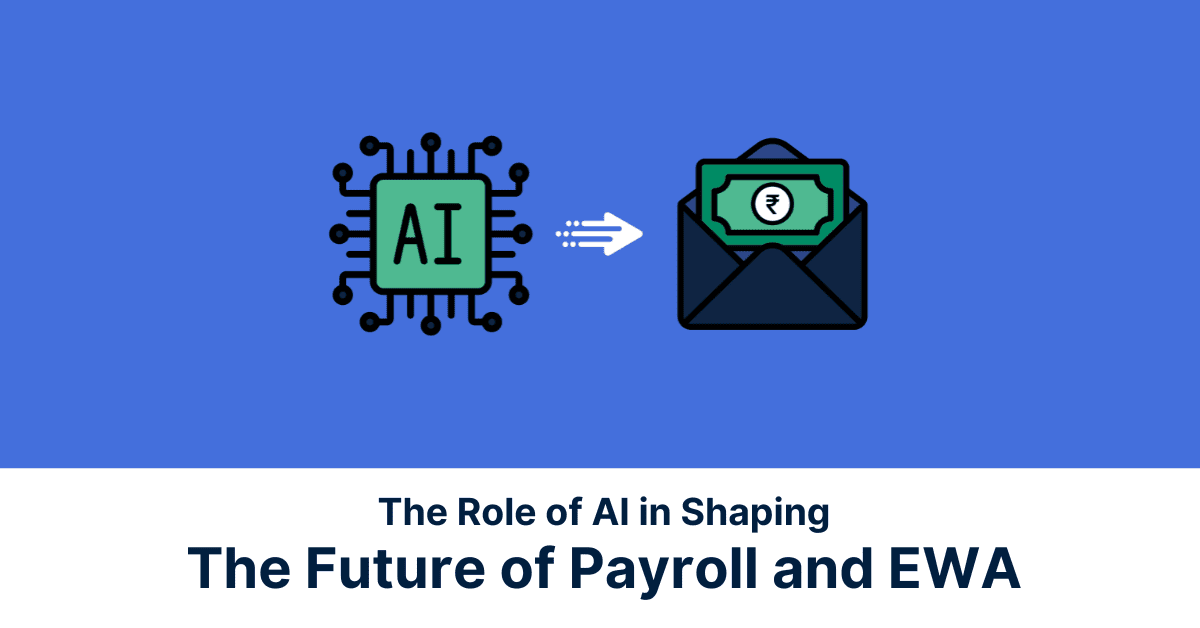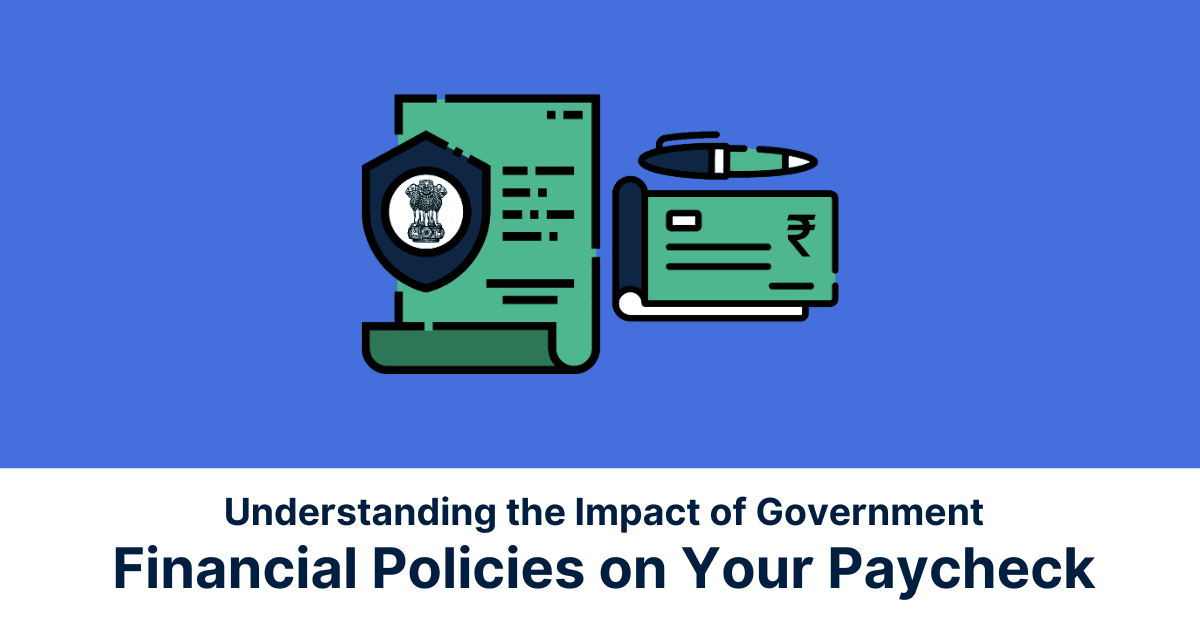What are financial wellness programs for employees?
Financial wellness programs are employer-led initiatives created to assist employees in effectively managing their finances. These programs often include – education, resources, and support to promote employees’ financial well-being and stability.
In today’s era, inflation has made everything more expensive, from groceries to gas to housing. It has also raised interest rates, which means it costs more to borrow money. This has made it harder for employees to afford their basic needs, even though their salaries haven’t kept up with the rising cost of living.
Here is when employee wellness programs become important. Employee wellness programs may help workers reduce financial stress and live better lives, particularly lower-income workers who have higher levels of financial stress. Employees bring their financial stress with them to work, impacting their ability to focus on the job. Hence, organisations must realise that financial wellness is the need of the hour!
Importance of employee wellness programs
Here are reasons highlighting the importance of employee wellness in the workplace
Improved health and well-being: Wellness programs help employees live healthier lives, which can reduce stress, improve fitness, and boost overall well-being. Healthier employees are less likely to get sick, which means fewer sick days and higher productivity.
Higher employee engagement: When companies invest in employee well-being, they show that they value their people. This creates a sense of loyalty and commitment among employees, which leads to higher job satisfaction and retention rates.
Boosts morale and team building: Wellness programs often have group activities and challenges that help employees work together and build relationships. This can improve morale and create a positive work environment.
Better stress management: When benefit programs help tackle personal financial emergencies, employees don’t feel burdened and know that they can have the support of their organisation. This reduces a significant amount of stress knowing that they can count on their workplace during difficult times.
Improved work-life balance: Wellness programs that offer flexible work options, mental health support, and tools for managing work-related stress can help employees achieve a better work-life balance. This balance is essential for overall well-being and long-term productivity.
Benefits of financial wellness programs at the workplace
Employees worry and stress more than often about their finances. This is when employers have always shown concern with the possibility of offering financial wellness benefits and programs.
It has become essential for employers to include a financial wellness program. The most significant investment for a company is its employees. Employers improve their bottom line by providing financial wellness programs for employees.
Employee wellness programs are crucial for several reasons:
1. Employee retention: Employees are more likely to stay with a company that helps them achieve financial stability. This is a win-win as it helps a company in reducing turnover expenses associated with the cost of hiring and training new staff.
2. Improved productivity: Financially stable employees are less likely to be stressed, leading to improved focus and productivity at work.
3. Reduced absenteeism: Financial stress often leads to health issues. Addressing financial concerns can reduce absenteeism related to health problems. Providing financial wellness tools can help employees be better equipped when financial concerns arise.
4. Enhanced job satisfaction: Employees appreciate employers who invest in their well-being. Financial wellness programs contribute to overall job satisfaction and loyalty.
5. Positive brand image: Companies with robust employee support programs, including financial wellness initiatives, are viewed positively by both current employees and the public, thereby increasing the company’s brand image.
Types of financial wellness programs for employees
Employee financial wellness has become a company benefit buzzword. Employees expect financial wellness programs as part of their benefits package, and employers realize that having such benefits will help their bottom line. The various ways in which financial wellness can be incorporated into the said benefits are as follows:
Educational Benefits: With financial wellness education, employees learn to plan for emergencies, use all the employer benefits at their disposal, and increase their overall health.
Educational benefits can include:
- Financial coaching
- Financial counsellors
- Financial education workshops
- Credit and debt counselling
Insurance Benefits: Health insurance is the number one insurance offered by employers. Employees feel that their employers should offer more voluntary insurance benefits that meet their diverse needs. These voluntary insurance benefits can fall under the following categories:
- Disability insurance
- Accident insurance
- Long-term care insurance
- Critical illness insurance
Employee Financial Assistance: Companies should also consider including financial support in their financial wellness initiatives. Here are some financial assistance programs to consider:
- Commuting and travel assistance/allowance
- Salary advances or earned wage access
- Medical bill zero-interest financing
- Employee stock ownership
- Student loan refinancing
Types of wellness programs to implement at the workplace
Retirement Plans- Planning for the future
Saving up for the future is an essential plan that every employee includes in their to-do list. A future where they would not want to worry about their finances. To provide the employees in factories and other establishments with the facility of Provident Funds for their post-retirement welfare, the Employees’ Provident Funds Act of 1952 was introduced.
The Employees’ Provident Fund or EPF is a popular savings scheme that has been introduced by the Employee Provident Fund Organisation under the supervision of the Government of India. The employee and employer each contribute 12% of the employee’s basic salary and dearness allowance towards EPF. The current rate of interest on EPF deposits is 8.15% p.a.
Education/Student Loan Repayments
Young employees are the future of a company. They are enthusiastic, innovative, and full of fresh ideas. But many of them are also stressed about their student loan debt. This can impact their productivity and health at work.
As a responsible employer, companies can help by offering a student loan repayment program. This program is simple: you contribute a fixed amount each month towards an employee’s student loan principal. This helps to reduce their financial burden.
By offering a student loan repayment program, you can help your employees reduce their debt and become more committed to your company. This can lead to a healthier company culture.
Financial Advice Programs
Employees encounter various challenges beyond saving for retirement, with managing debt being an ongoing concern. Advising employees on debt reduction strategies is a vital financial step.
Developing an effective financial advisory program which covers key aspects, such as financial planning, its implementation and understanding its benefits.
To ensure the success of a financial advisory program, a framework is essential. This would enable measuring the outcomes and considering their long-term impact on the organisation.
Merit-based pay
Vacations and bonuses can be a great way to align your business goals with the financial goals of your top performers. This is important because your most productive employees may also be the ones who need the most stress-relieving vacations (absent any financial worries). Rewarding your top performers is essential to building loyalty and avoiding the cost of turnover.
Earned Wage Access (EWA) or On-Demand Salary
Earned Wage Access (EWA), also known as On-demand Salary or Salary Advance, is a benefit that can be provided by the employer to their employees, allowing them to access their wages on a need-basis, before the actual payday.
EWA is a smarter option that not only helps in meeting emergency financial needs but also safeguards employees from having to borrow or fall into a debt trap of predatory loans.
Jify is one such smart financial wellness provider for employee-focused organisations. With simplified EWA integration, Jify also provides a wide array of financial wellness solutions such as financial coaching, modern savings tools like digital gold and a Rupay Card that enables smarter spending and easy savings!
How to incorporate wellness in the workplace
Step 1 – Know your people
Conduct surveys or assessments to understand the specific wellness needs and interests of your employees. The most effective wellness programs in a workplace are tailored to the needs and makeup of each specific workplace and its people.
Before you implement programs, ask the below questions:
- What health initiatives are already in place?
- Are existing programs in use?
- What do employees want out of a wellness program?
- What time of the day would be ideal for running a program as per the schedule of employees?
Step 2 – Create a pitch and have top to bottom involvement
An employee wellness program initiative lacking genuine support from leadership is unlikely to exist, but merely in name.
For mid-level employees aspiring to create a successful wellness program, garnering enthusiastic sign-off from upper management should be the foremost goal.
Ensure your pitch plan comprises of the below:
- Know what you want to achieve
- Gather employee feedback and requests
- Create a budget and plan
Step 3 – Collaborate with well-being partners
Work with organisations that offer wellness programs to employees. They can help streamline and increase program usage with their proven solutions.
Taking advantage of existing partnerships within your well-being program allows you to get the most out of your investment while the ease of access to these extra perks encourages employees to reap the benefits.
Step 4 – Make wellness programs accessible and affordable
Employees should be able to easily access and participate in wellness programs, regardless of their job title, location, or budget. This means, providing access to programs at any time and also free of cost if need be.
Step 5 – Re-examine objectives and measure progress
It is important to assess a program’s progress, revisit its goals, and make necessary adjustments. Regularly review your initiatives with the committee, pinpoint elements that aren’t working effectively, replace them with alternatives, and conduct tests.
This process refines the program and maximises the benefits of wellness programs at work.
Conclusion
There is a positive connection between employee wellness and the performance of a business. A good employee wellness program should cater to the employees’ emotional, physical, mental, and financial wellness. Generally, the benefits of implementing comprehensive employee wellness programs surpass the costs.
Investing in financial wellness programs for employees is not only a smart business strategy, but it is also a way to show your employees that you care about their overall well-being.
By offering well-designed and consistent financial wellness programs, organisations can create a workplace where employees can thrive both professionally and personally. This investment not only strengthens the workforce but also reaffirms the organisation’s commitment to its most valuable asset aka its employees.
*Disclaimer:
The information contained herein is not intended to be a source of advice concerning the material presented, and the information contained in this article does not constitute investment advice. The ideas presented in the article should not be used without first assessing your financial situation or without consulting a financial professional.
